Small space gardening refers to the practice of growing plants in a limited or confined area, such as a balcony, patio, or small yard. Small space gardening is becoming increasingly popular as more people live in urban areas or have limited outdoor space.
Small space gardening can take many forms, including container gardening, vertical gardening, and raised bed gardening. Container gardening involves growing plants in containers such as pots, planters, and hanging baskets. Vertical gardening involves growing plants on walls or trellises, while raised bed gardening involves building a bed or box in which to grow plants.
The benefits of small space gardening include the ability to grow fresh produce, herbs, and flowers in limited space, as well as the ability to control the growing environment more easily.
7 Easy Tips for small space gardening:

If you're interested in gardening in a small area, you should first determine how much room you have and which gardening technique would be most effective for you. Make sure to offer your plants the right care and maintenance. Choose plants that are suitable for your environment and growing conditions. Even the tiniest spaces may accommodate a lovely and fruitful garden with a little imagination and work.
1. Growing the right varieties: veggies that are suitable for containers and raised beds

There are many vegetables that are well-suited for container and raised bed gardening. By choosing the right varieties and providing them with proper care, you can have a productive and rewarding small space garden.
Lettuce: Lettuce is a great option for container and raised bed gardening because it doesn't require a lot of space and grows relatively quickly. You can harvest individual leaves as you need them, making it a convenient choice for fresh salads.
Spinach: Spinach is another leafy green that is well-suited for container and raised bed gardening. It's rich in nutrients and can be harvested when the leaves are young and tender. Spinach prefers cooler temperatures, so it's best to plant it in the early spring or late fall.
Leafy greens: In addition to lettuce and spinach, there are many other leafy greens that are suitable for container and raised bed gardening. Examples include kale, chard, and collard greens.
Herbs: Many herbs like basil, parsley, cilantro, and thyme are also well-suited for container and raised bed gardening.
Microgreens: The superfood that everyone is raging about. Microgreens are very easy to grow from seeds and require minimal space and care. The best part is they get ready for consumption on 10-14 days after planting. Almost any wide container can be used to grow microgreens.
Peppers: Peppers are a great choice for container gardening, especially if you choose smaller varieties like hot peppers or sweet mini peppers. They prefer warm temperatures and require at least 6 hours of direct sunlight per day.
Radishes:Radishes are a fast-growing root vegetable that can be grown in containers and raised beds. They're easy to grow and can be harvested in just a few weeks.
Tomatoes: Tomatoes are a popular vegetable for container and raised bed gardening. They require a larger container and support like a cage or trellis, but they can produce a lot of fruit.
Beans: Beans prefer warm temperatures and require support to climb. Choose a bush variety for containers or a pole variety for trellises or supports.
Brinjal cluster small: Brinjal (eggplant) is a warm-season vegetable that can be grown in containers and raised beds. Choose a small, compact variety like "Cluster" that's well-suited for containers. Brinjal requires at least 6 hours of direct sunlight per day and warm temperatures to thrive.
To know more about vegetables that grow in small spaces, check out our list of space saving vegetables for small gardens.
2. Vertical gardening: Using trellis and stakes

Don't limit yourself to just the ground! Utilize walls, railings, and trellises to grow climbing plants like cucumbers, beans, and peas. You can also hang baskets of trailing plants like strawberries or cherry tomatoes. Vertical gardening is a great option for small spaces!
Here are some tips for using trellises and stakes:
Choose the right support: The type of support depends on your choice of plant. Tall and heavy plants like tomatoes will need sturdy supports like wooden or metal stakes. Climbing plants like beans or cucumbers can be trained to grow up a trellis or arbor.
Install supports early: It's best to install supports before planting to avoid damaging roots or disturbing the plant later on. For trellises, attach them securely to a wall or fence and make sure they can support the weight of the plants.
Train plants to grow up supports: As your plants grow, gently and without damaging them, tie them to the support structure to encourage them to grow upward.
Prune and maintain plants: Regularly prune your plants to remove dead or diseased leaves and to encourage growth in the right direction.
Harvest with care: When it's time to harvest your plants, be careful not to damage the plant or support structure. Use sharp scissors or pruning shears to cut fruit or vegetables off the plant.
3. Growing in raised beds and containers

In order to grow plants in a small area while still meeting your individual demands, raised beds and containers are excellent choices for small-space gardening. To help you grow in raised beds and containers, here are some tips:
Choose the right container or raised bed: Make sure your container or raised bed is the right size for the plants you want to grow. Containers should have drainage holes to prevent water from pooling at the bottom, while raised beds should be at least 6 inches deep to provide enough soil for roots to grow.
Use good quality soil: Because plants in raised beds and containers have limited access to nutrients, it's important to use good quality soil that's rich in organic matter. You can use a mix of potting soil and compost or create your own soil mix.
Water regularly: Plants in containers and raised beds can dry out quickly, so it's important to water them regularly. Check the soil daily and water when it feels dry to the touch.
Fertilize as needed: Because plants in containers and raised beds have limited access to nutrients, they may need additional fertilizer throughout the growing season. Use a balanced, organic fertilizer like compost or worm castings.
Consider companion planting: Companion planting is the practice of planting different plants together that benefit each other. For example, planting herbs like basil and cilantro with vegetables can help repel pests and improve flavor.
4. Pick the right location

Choosing the right location is essential for successful small space gardening! By doing so, you can set your small space garden up for success. Make sure to take sunlight, drainage, water access, wind, and soil quality into account when selecting your spot.
Here are some tips for picking the right location:
Choose a spot with direct sunlight: Most vegetables and herbs need at least 5-6 hours of direct sunlight each day to thrive.
Spot has good drainage: Plants need to be able to drain excess water to avoid root rot and other problems. If the soil in your chosen spot is heavy and clay-like, you may need to amend it with organic matter like compost or peat moss to improve drainage.
Consider the proximity to water: Watering is an important part of gardening, so make sure you have easy access to a water source.
Take wind into account: Wind can dry out plants quickly and make them more susceptible to damage. If your chosen spot is windy, you may need to install a windbreak or use a plant cover to protect your plants.
Spot with good soil: Healthy soil is essential for growing healthy plants. Look for a spot with soil that's rich in organic matter and has a pH level that's suitable for the plants you want to grow.
5. Maintain soil quality with compost and manure

Maintaining soil quality is essential for successful small space gardening, and using compost and manure can be great ways to do this. Make sure to use these soil amendments safely and appropriately to avoid harming your plants or introducing harmful bacteria to your garden.
Here are some tips for using compost and manure in your small space garden:
Compost to improve soil structure and fertility: Compost is a great way to add organic matter to your soil, which can help improve soil structure, water retention, and nutrient availability. It can be made at home using kitchen scraps, yard waste, and other organic materials.
Manure to add nutrients to your soil: Manure is a good source of nitrogen, phosphorus, and other nutrients that plants need to grow. However, it's important to use aged manure that has been composted or left to decompose for at least six months to avoid burning your plants or introducing pathogens to your garden.
6. Practice companion planting

Companion planting is an effective way to maximize the use of space in a small garden while improving plant health and deterring pests.
Here are some tips for practicing companion planting:
Choose compatible plant combinations: Not all plants are compatible with each other, so it's essential to choose plant combinations that work well together. For example, plant tall or trellised plants like beans or peas with low-growing plants like lettuce or herbs to maximize space.
Use herbs as companion plants: Herbs like basil, cilantro, and thyme can serve as companion plants for many vegetables. For example, planting basil near tomatoes can improve the flavor of the tomatoes and deter pests.
Plant flowers as companion plants: Flowers like marigolds, nasturtiums, and calendulas can attract beneficial insects like bees and ladybugs, which help pollinate plants and control pests.
Check out our detailed guide on companion planting for vegetables and herbs.
7. Harvest and prune regularly

Harvesting and pruning regularly are important steps in maintaining a small space garden. Remember to harvest at the right time, remove diseased plants, and prune with clean and sharp garden shears.
Here are some tips for harvesting and pruning:
Harvest regularly: Harvesting vegetables and herbs regularly not only ensures that you get to enjoy the fruits of your labor but also encourages more growth.
Prune regularly: Pruning involves removing dead or damaged leaves, branches, and flowers to promote healthy growth. Pruning also helps prevent disease and insect infestations.
Harvest vegetables and herbs at the right time: Each vegetable and herb has a specific time for harvest. Harvest vegetables when they are mature and ready, and herbs when they are young and tender.
Remove diseased plants and foliage: If you notice any diseased plants or foliage, remove them immediately to prevent the spread of disease to other plants.
For more details on how to grow plant seeds for your small space garden, go to AllThatGrows.


 Sign In
Sign In



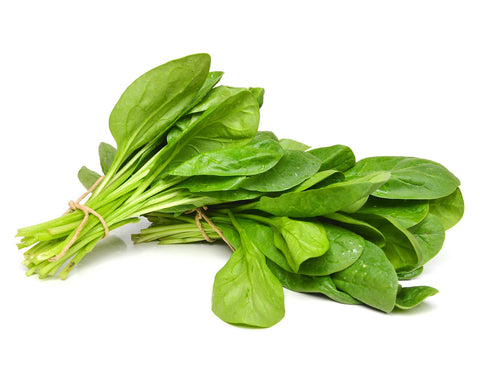
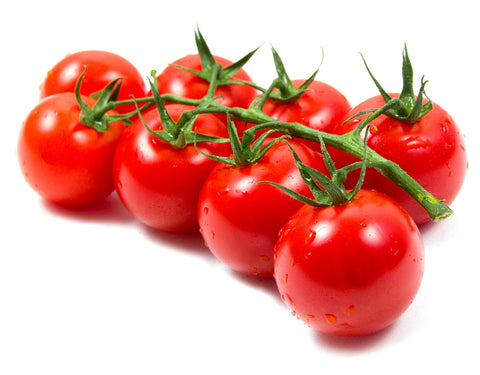
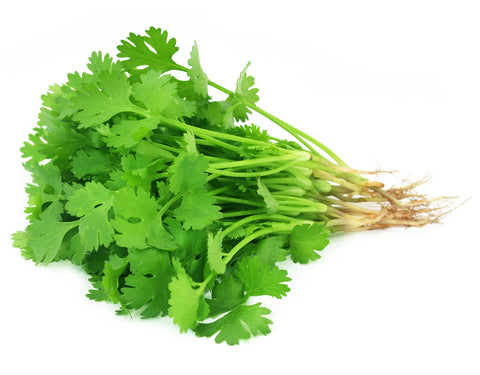

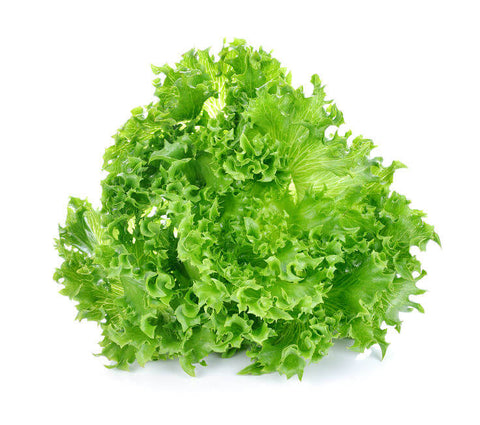

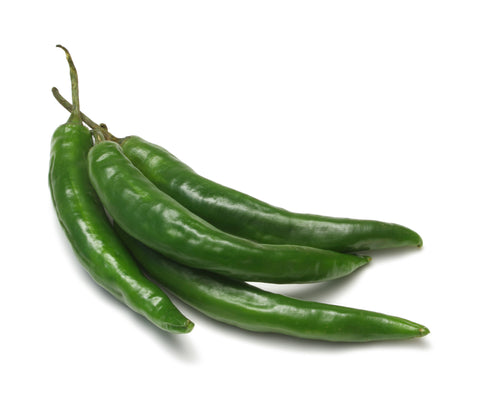
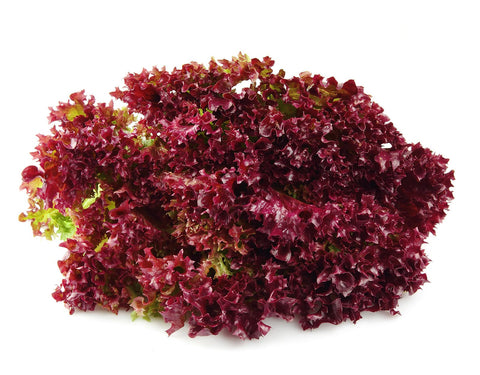
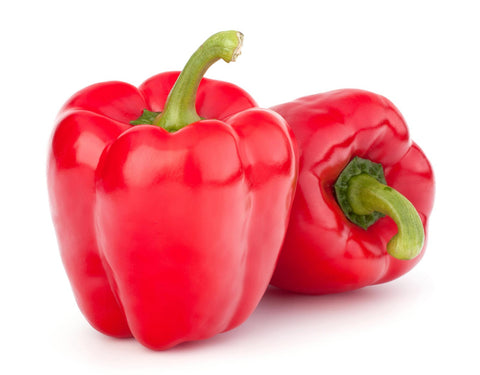
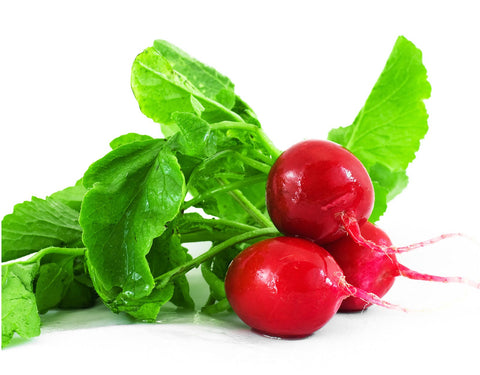
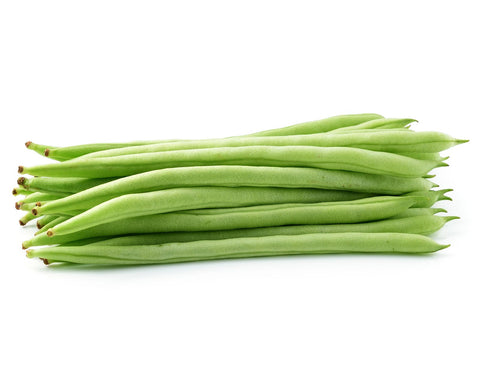
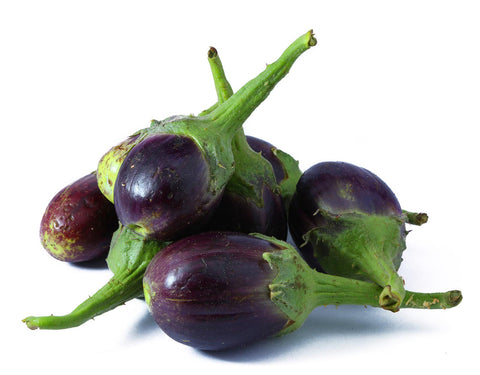
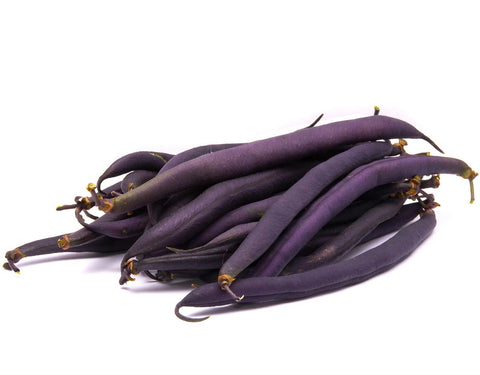
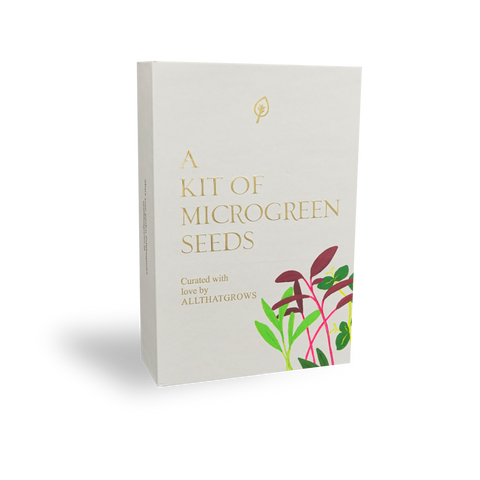
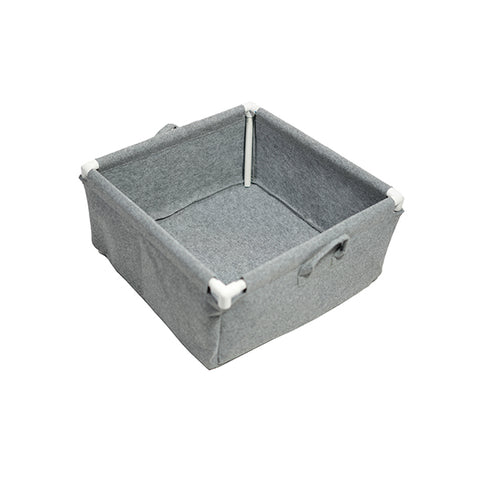
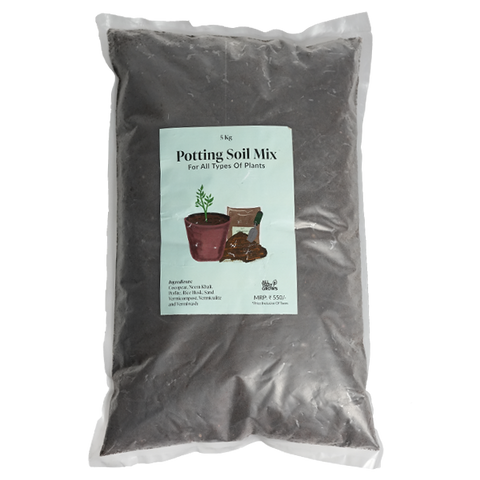
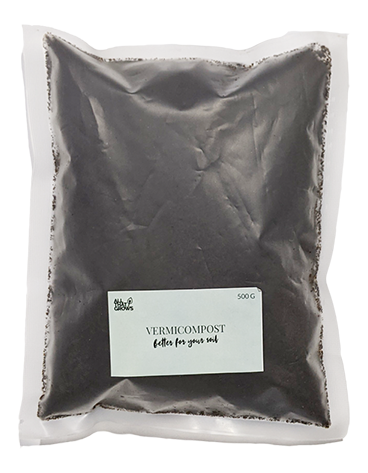
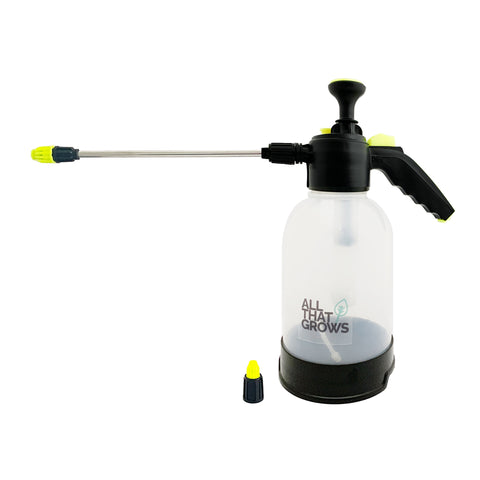
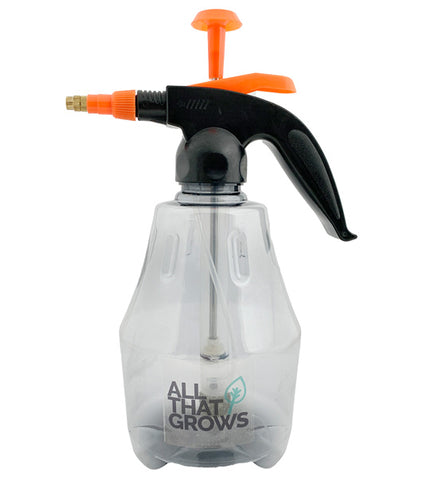






Let us know your feedback
* Comments must be approved before being displayed.